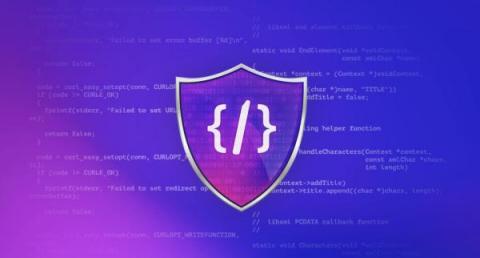CISO playbook: 3 things to consider when establishing a security culture
Establishing a thriving security culture across your organization will rely heavily on your developer teams. Therefore, engaging with developers early and often while you build your security program is vital. In this playbook for Chief Information Security Officers (CISOs), we explore how to build a security culture across your organization by considering the following three things.











